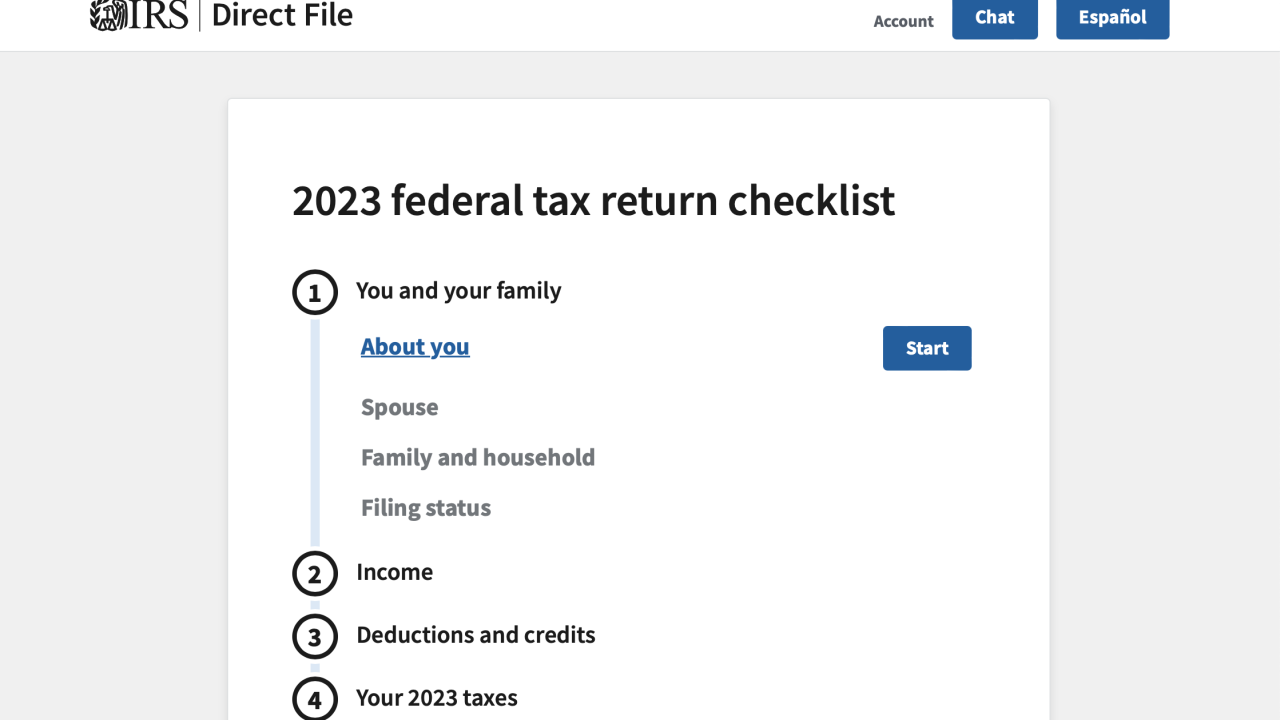Annual inflation adjustments will affect more than 50 tax provisions, including the tax rate schedules, in tax year 2017, the Internal Revenue Service announced.
Some highlights of the changes:
- The standard deduction for married filing jointly rises to $12,700 for tax year 2017, up $100 from the prior year. For single taxpayers and married individuals filing separately, the standard deduction rises to $6,350 in 2017, up from $6,300 in 2016. For heads of households, the standard deduction will be $9,350 for tax year 2017, up from $9,300 for tax year 2016.
- The personal exemption for tax year 2017 remains $4,050. The exemption is subject to a phase-out that begins with adjusted gross incomes of $261,500 ($313,800 for married couples filing jointly). It phases out completely at $384,000 ($436,300 for married couples filing jointly.)
- For tax year 2017, the 39.6 percent rate affects single taxpayers whose income exceeds $418,400 ($470,700 for married taxpayers filing jointly), up from $415,050 and $466,950, respectively. The other marginal rates – 10, 15, 25, 28, 33 and 35 percent – and the related income tax thresholds for tax year 2017 are described in the revenue procedure.
- The limitation for itemized deductions to be claimed on tax year 2017 returns of heads of households begins with incomes of $287,650 or more ($313,800 for married couples filing jointly).
- The Alternative Minimum Tax exemption amount for tax year 2017 is $54,300 and begins to phase out at $120,700 ($84,500, for married couples filing jointly for whom the exemption begins to phase out at $160,900). The 2016 exemption amount was $53,900 ($83,800 for married couples filing jointly). For tax year 2017, the 28 percent rate applies to taxpayers with taxable incomes above $187,800 ($93,900 for married individuals filing separately).
- The tax year 2017 maximum Earned Income Tax Credit is $6,318 for taxpayers filing jointly who have three or more qualifying children, up from a total of $6,269 for tax year 2016. (The revenue procedure has a table providing maximum credit amounts for other categories, income thresholds and phase-outs.
- For tax year 2017, the monthly limitation for the qualified transportation fringe benefit is $255, as is the monthly limitation for qualified parking.
- For calendar 2017, the dollar amount used to determine the penalty for not maintaining minimum essential health coverage is $695.
- For tax year 2017, the AGI amount used by joint filers to determine the reduction in the Lifetime Learning Credit is $112,000, up from $111,000 for tax year 2016.
- Estates of decedents who die during 2017 have a basic exclusion amount of $5.49 million, up from a total of $5.45 million for estates of decedents who died in 2016.





